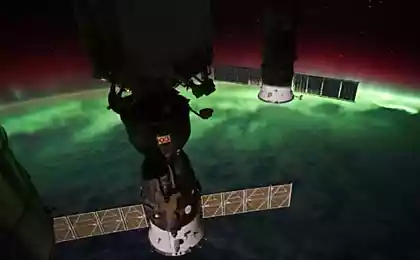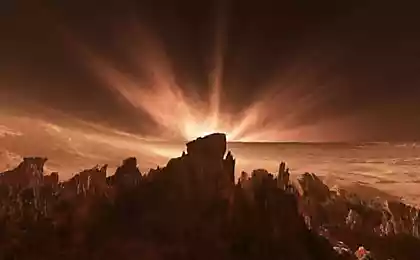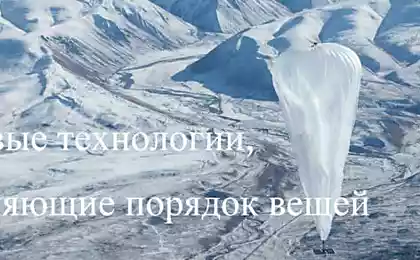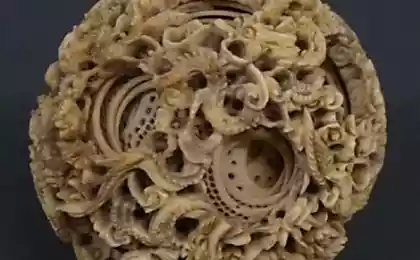606
NASA launched a scientific balloon new generation
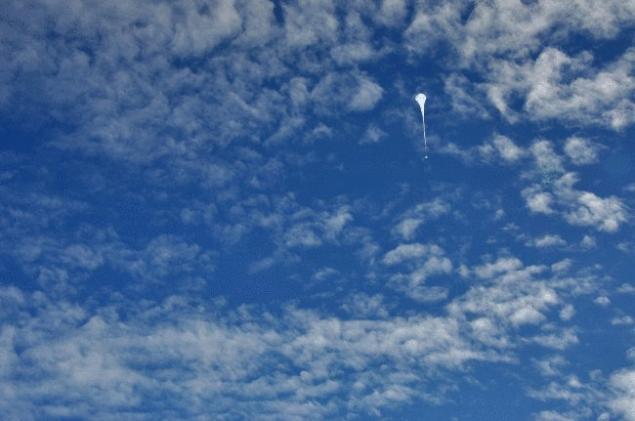
Space Agency NASA has launched the most ambitious balloons in its history. 28 Dec at 21:16 London time, technicians inflated and launched ballooning balloon volume 532 000 cubic metres from the McMurdo station in Antarctica. The launch is interesting that NASA has used the project to "overpressure", which will allow the ball to remain airborne much longer than the usual scientific probe.
If everything goes smoothly, experts expect that the flight will last for 100 days or more. The current record of the longest scientific balloon flight also belongs to NASA: 55 days. The record for the ball with overpressure is 54 days.
More time in the air means more science. The new balloon is equipped with a gamma-ray telescope that will hunt for high-energy photons, flying from space. A tool called COSI will be able to find land in the sky, from which come gamma rays, and thus will begin to explore various astronomical mysteries.
COSI is the first science payload designed from scratch, which will take the basis of technology of overpressure NASA, says team leader Steven Boggs, an astrophysicist at the University of California at Berkeley. Its predecessors used liquid nitrogen for chilling, but the nitro was over in less than 10 days. COSI has a mechanical cooler that will not end.
The photocell device looks up and collects data directly through the body of the balloon above it that is transparent for all gamma ray energies. It can scan about 50% of the sky within one day.
One of the main goals of the tool is the measurement of the polarization of the fluxes of gamma rays from gamma-ray bursts., black holes, pulsars and other cosmic phenomena. The longer he flies, the more data you can collect. Long flight time is key for this study.
NASA is promoting its program of balloons as an alternative to satellites, it is a good way to get a payload beyond Earth and cool to save on start-up.
Conventional helium balloons shrink at night, because the pressure of the gas inside them decreases with temperature drop. Decreases the volume of the balloon loses buoyancy, and thus altitude. Of the height restored by day, but the constant fluctuations make the collection of reliable research data difficult. You have to release the gas and drop ballast, which also limits the flight time.
In contrast, balloons, high-pressure equipped with straps that hold the volume of a sphere almost sordid, helping them to keep a constant height in a passive manner.
NASA tested the balloon of ultra-high pressure volume 532 000 cubic metres in Kiruna, Sweden, in 2012, but the new launch will be the first one to do serious business. This ball will carry 2300 kilograms of payload to a height of 33.5 kilometer.
Source: hi-news.ru












